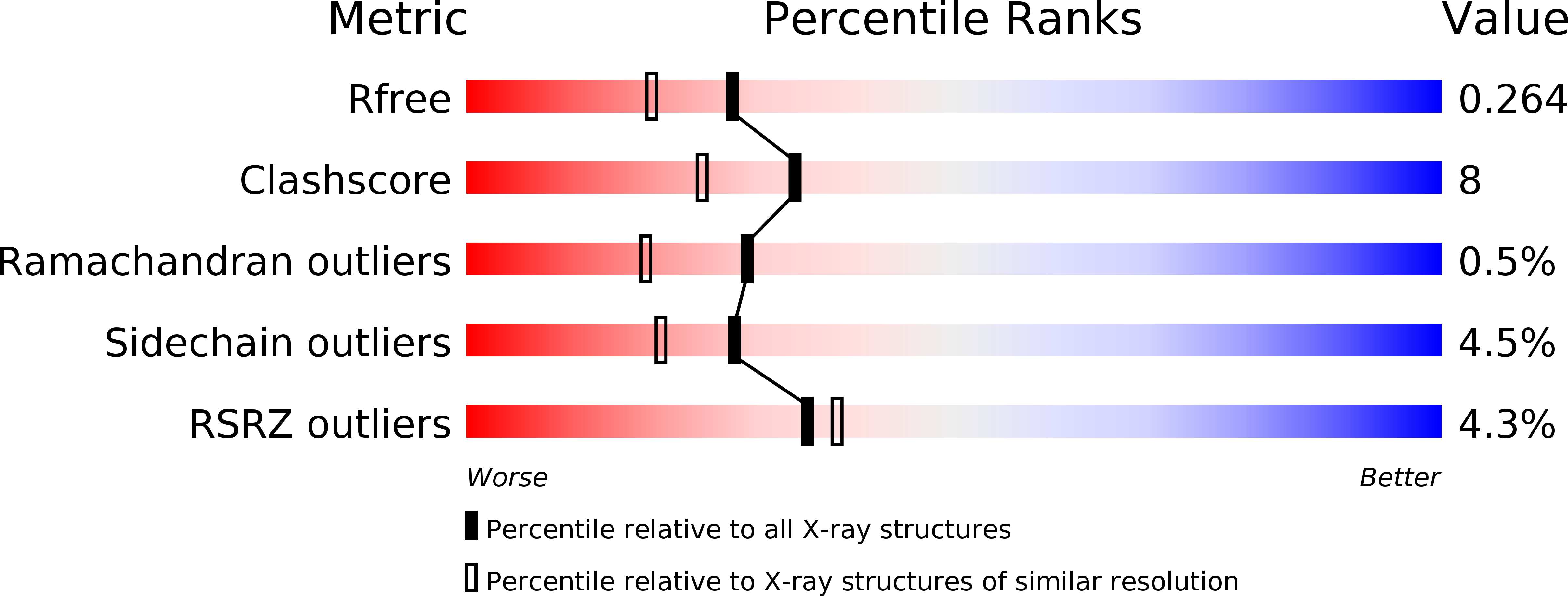
Deposition Date
2008-08-04
Release Date
2009-02-24
Last Version Date
2024-03-20
Entry Detail
PDB ID:
3E1T
Keywords:
Title:
Structure and action of the myxobacterial chondrochloren halogenase CndH, a new variant of FAD-dependent halogenases
Biological Source:
Source Organism:
Chondromyces crocatus (Taxon ID: 52)
Host Organism:
Method Details:
Experimental Method:
Resolution:
2.05 Å
R-Value Free:
0.27
R-Value Work:
0.22
R-Value Observed:
0.22
Space Group:
P 21 21 21


